Home>Gardening & Outdoor>Landscaping Ideas>How Long To Wait To Cut Your Grass After Fertilizing
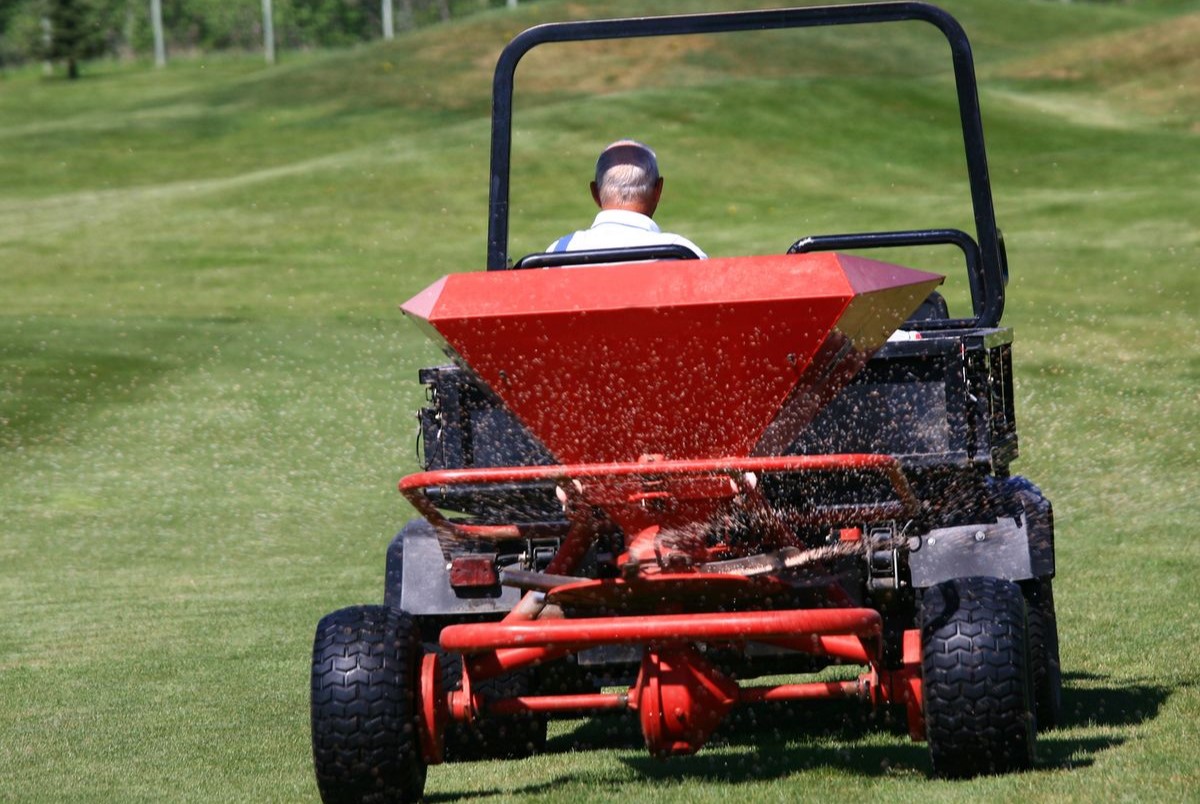

Landscaping Ideas
How Long To Wait To Cut Your Grass After Fertilizing
Modified: February 27, 2024
Discover the best landscaping ideas and learn how long to wait before cutting your grass after fertilizing for a lush, healthy lawn. Explore expert tips and advice.
(Many of the links in this article redirect to a specific reviewed product. Your purchase of these products through affiliate links helps to generate commission for Storables.com, at no extra cost. Learn more)
Introduction
One of the key aspects of maintaining a lush and healthy lawn is fertilization. A well-timed application of fertilizer can provide essential nutrients to your grass, promoting robust growth and vibrant greenery. However, knowing when to mow your lawn after fertilizing is crucial to ensure that you maximize the benefits of the fertilizer while safeguarding the health of your grass. In this article, we’ll delve into the factors to consider and the optimal waiting period before cutting your grass after fertilizing, empowering you to make informed decisions that contribute to the overall well-being of your lawn.
Key Takeaways:
- Wait 2-4 days to mow after using slow-release fertilizer, and 3-5 days after fast-release fertilizer. Consider weather and grass type for optimal lawn health.
- Understanding fertilizer type, weather, and grass type helps you make informed decisions for mowing after fertilizing, promoting a healthy and vibrant lawn.
Read more: How Long To Wait To Cut Grass After Aerating
Factors to Consider
Several factors come into play when determining the appropriate timing for mowing your lawn after fertilizing. Understanding these factors will help you make an informed decision that supports the health and vitality of your grass.
- Type of Fertilizer Used: Different fertilizers have varying formulations and release rates. Slow-release fertilizers, for example, provide nutrients to the grass over an extended period, reducing the risk of burning the grass if mowed too soon after application. Conversely, fast-release fertilizers may necessitate a longer waiting period before mowing to prevent damage to the grass.
- Weather Conditions: The prevailing weather conditions play a significant role in determining the appropriate timing for mowing after fertilizing. Rain or irrigation shortly after fertilizing can help the nutrients penetrate the soil, promoting effective absorption by the grass. Additionally, extreme heat or drought may necessitate a longer waiting period to allow the grass to recover from the stress of fertilization before being mowed.
- Grass Type: Different grass species have unique growth patterns and tolerances. Warm-season grasses, such as Bermuda and Zoysia, typically have a faster growth rate and may necessitate more frequent mowing. In contrast, cool-season grasses like Kentucky bluegrass and fescue may require a different approach due to their growth characteristics.
By taking these factors into account, you can tailor your approach to mowing after fertilizing to suit the specific needs of your lawn, ultimately fostering a healthy and vibrant outdoor space.
Type of Fertilizer Used
The type of fertilizer applied to your lawn significantly influences the recommended waiting period before mowing. Understanding the characteristics of the fertilizer you’ve used is crucial for making informed decisions regarding lawn maintenance.
Slow-release fertilizers, often labeled as controlled-release or timed-release fertilizers, are designed to provide a steady and gradual release of nutrients to the grass over an extended period. This slow and consistent nutrient delivery minimizes the risk of burning the grass if mowed shortly after application. As a result, with slow-release fertilizers, you may be able to mow your lawn within a few days of application without compromising the effectiveness of the fertilizer.
In contrast, fast-release fertilizers deliver nutrients to the grass rapidly, making the grass more susceptible to damage if mowed too soon after application. These fertilizers are often best followed by a waiting period of about 2 to 3 days before mowing to allow the grass to absorb the nutrients and recover from the application process.
When selecting a fertilizer for your lawn, consider the specific needs of your grass as well as your mowing schedule. By choosing the right type of fertilizer and understanding its release characteristics, you can optimize the timing of mowing after fertilizing to promote the health and vibrancy of your lawn.
Weather Conditions
The prevailing weather conditions at the time of fertilization and in the days that follow play a crucial role in determining the optimal timing for mowing your lawn after fertilizing. Weather factors such as precipitation, temperature, and humidity can significantly impact the effectiveness of the fertilizer and the resilience of the grass.
Following the application of fertilizer, a gentle and consistent rainfall or irrigation can aid in the absorption of nutrients by the soil, facilitating their uptake by the grass’s roots. This moisture helps prevent the fertilizer from sitting on the grass blades, reducing the risk of burning if the lawn is mowed shortly after application. In contrast, if the weather is dry and arid, it may be advisable to wait a bit longer before mowing to allow the grass to recover from the fertilization process.
Extreme heat can place additional stress on the grass, especially after fertilization. High temperatures can exacerbate the risk of burning if the grass is mowed too soon, as the combined stress of fertilization and mowing may impede the grass’s ability to recover effectively. Similarly, prolonged periods of drought can leave the grass vulnerable, necessitating a cautious approach to mowing after fertilizing.
By monitoring the weather forecast and considering the immediate and forecasted conditions, you can make an informed decision about the ideal timing for mowing your lawn after fertilizing. Adapting to the weather conditions ensures that the grass can fully benefit from the fertilizer while minimizing the risk of damage and promoting its overall health.
It is best to wait at least 24-48 hours after fertilizing your lawn before mowing. This allows the fertilizer to be absorbed by the grass and reduces the risk of it being removed during mowing.
Grass Type
The type of grass in your lawn is a critical factor to consider when determining the appropriate waiting period before mowing following fertilization. Different grass species exhibit varying growth patterns, tolerances, and maintenance requirements, all of which influence the timing of lawn mowing after fertilizing.
Warm-season grasses, such as Bermuda, Zoysia, and St. Augustine, thrive in hot climates and have a rapid growth rate during the warmer months. Due to their vigorous growth, these grasses may require more frequent mowing. However, after fertilization, it’s important to allow the grass to recover and absorb the nutrients before subjecting it to the stress of mowing. As a general guideline, waiting for 2 to 4 days after fertilizing before mowing warm-season grasses can help maintain their health and vitality.
Cool-season grasses, including Kentucky bluegrass, fescue, and ryegrass, exhibit optimal growth in cooler temperatures. These grasses have a different growth pattern compared to warm-season varieties and may require a different approach to mowing after fertilization. Given their moderate growth rate, a waiting period of 3 to 5 days after fertilizing is often recommended before mowing cool-season grasses, allowing them to fully benefit from the applied nutrients.
By understanding the specific characteristics of the grass species in your lawn, you can tailor your approach to mowing after fertilizing, ensuring that the grass can effectively utilize the nutrients while minimizing the risk of stress and damage. This personalized approach supports the overall health and resilience of your lawn, contributing to its lush and vibrant appearance.
Waiting Period Before Cutting
The waiting period before cutting your grass after fertilizing is a crucial consideration that directly impacts the health and appearance of your lawn. While the specific waiting period can vary based on the factors mentioned earlier, a general guideline can help you make an informed decision that supports the well-being of your grass.
For lawns treated with a slow-release fertilizer, which provides a steady and gradual release of nutrients, you may be able to mow the grass within 2 to 4 days of fertilization. This waiting period allows the grass to absorb the nutrients effectively while minimizing the risk of damage from mowing shortly after fertilizing.
If a fast-release fertilizer was used, which delivers nutrients to the grass more rapidly, it is advisable to wait a bit longer before mowing. A waiting period of approximately 3 to 5 days after fertilization allows the grass to recover from the application process and ensures that the nutrients have been adequately absorbed, promoting healthy growth and minimizing the risk of stress or damage from mowing.
Monitoring the weather conditions and the specific needs of your grass type, whether warm-season or cool-season, is essential in determining the ideal waiting period before cutting your grass after fertilizing. By considering these factors and adjusting the waiting period accordingly, you can maintain the health and vibrancy of your lawn while maximizing the benefits of the applied fertilizer.
Ultimately, the waiting period before cutting your grass after fertilizing serves as a strategic step in lawn maintenance, contributing to the overall well-being and visual appeal of your outdoor space. By incorporating this consideration into your lawn care routine, you can nurture a lush, vibrant, and resilient lawn that enhances the beauty of your home.
Conclusion
Understanding the optimal timing for mowing your lawn after fertilizing is a valuable aspect of lawn care that contributes to the health and beauty of your outdoor space. By considering factors such as the type of fertilizer used, prevailing weather conditions, grass type, and the waiting period before cutting, you can strategically maintain a lush and vibrant lawn.
Choosing the right type of fertilizer, whether slow-release or fast-release, and being mindful of the weather conditions at the time of fertilization and in the days that follow empowers you to make informed decisions about the timing of mowing after fertilizing. Additionally, recognizing the unique growth patterns and maintenance requirements of your grass type allows you to tailor your approach to lawn care, ensuring that the grass can fully benefit from the applied nutrients.
The waiting period before cutting your grass after fertilizing serves as a crucial step in promoting the health and resilience of your lawn. By adhering to the recommended waiting periods and adjusting them based on the specific circumstances of your lawn, you can minimize the risk of stress or damage to the grass while maximizing the effectiveness of the fertilizer.
Ultimately, integrating the considerations outlined in this article into your lawn care routine supports the long-term vitality and visual appeal of your lawn. By nurturing a healthy and vibrant outdoor space, you can create an inviting and aesthetically pleasing environment that enhances the overall beauty of your home.
With a well-informed approach to mowing after fertilizing, you can cultivate a thriving and picturesque lawn that becomes a source of pride and enjoyment, enriching your outdoor living experience.
Frequently Asked Questions about How Long To Wait To Cut Your Grass After Fertilizing
Was this page helpful?
At Storables.com, we guarantee accurate and reliable information. Our content, validated by Expert Board Contributors, is crafted following stringent Editorial Policies. We're committed to providing you with well-researched, expert-backed insights for all your informational needs.
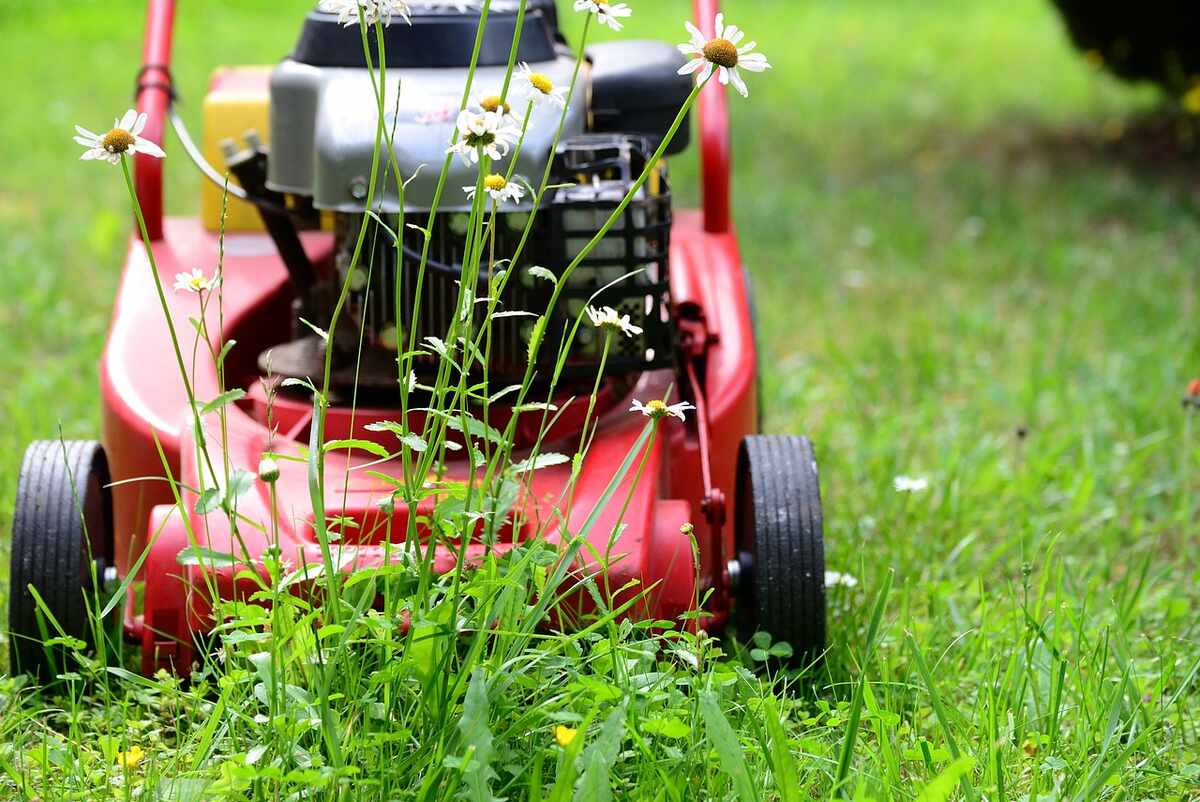
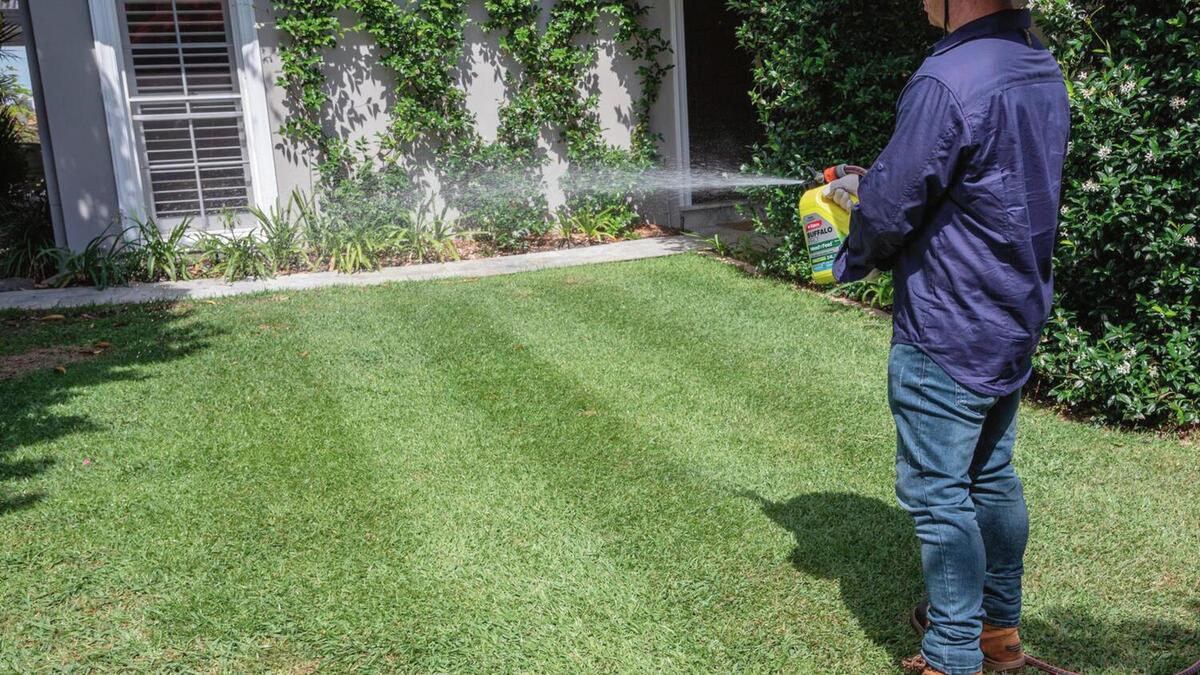
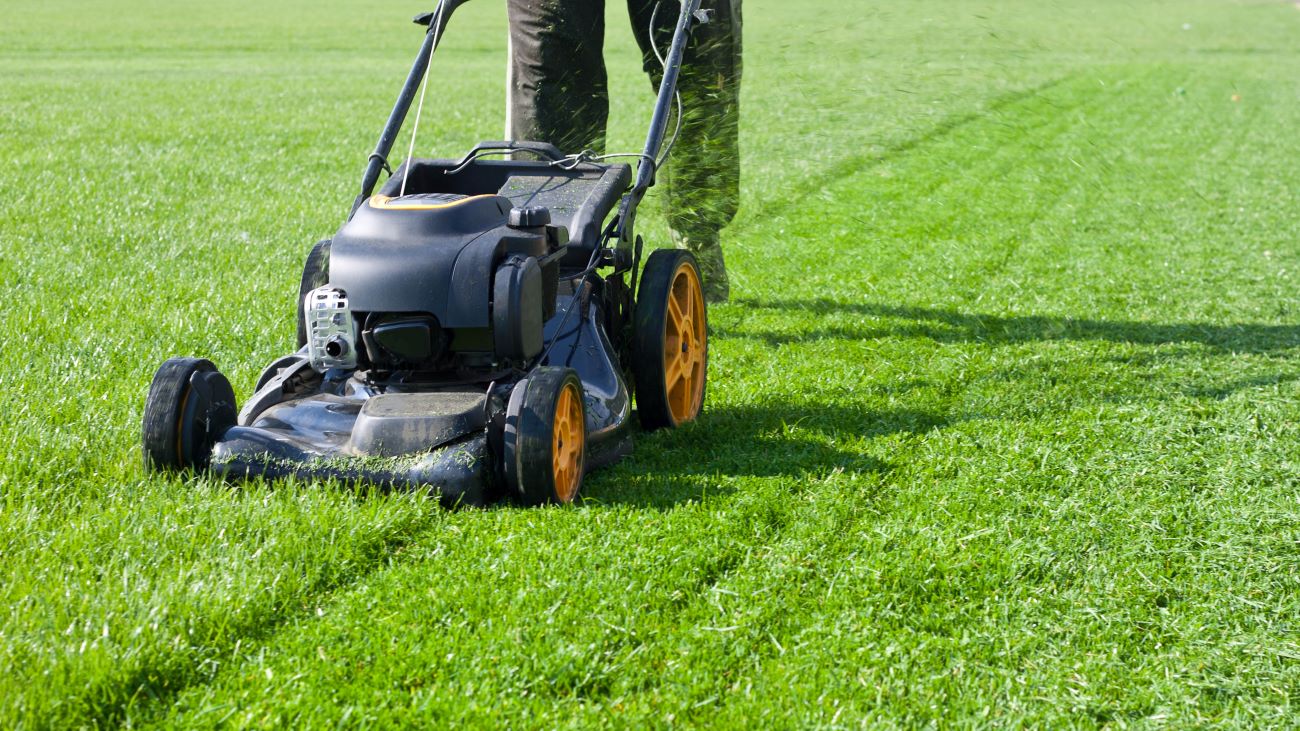
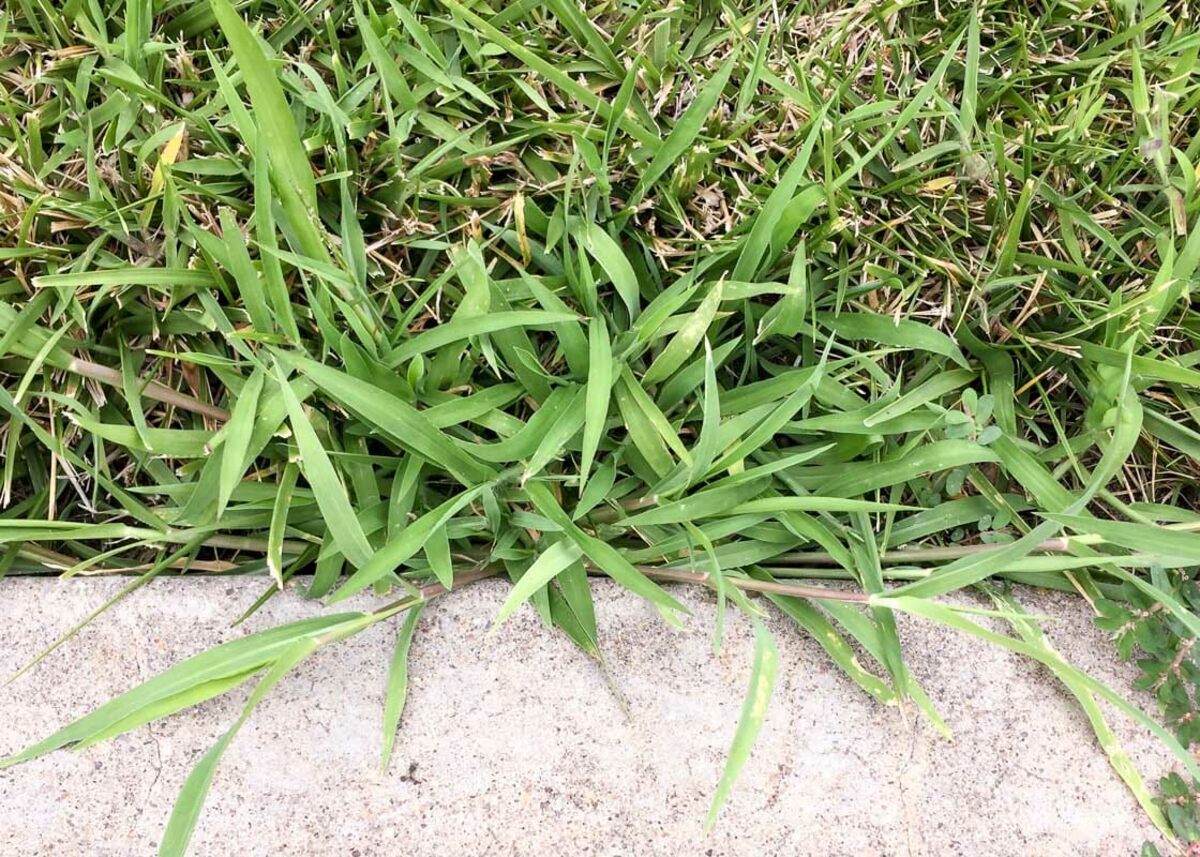
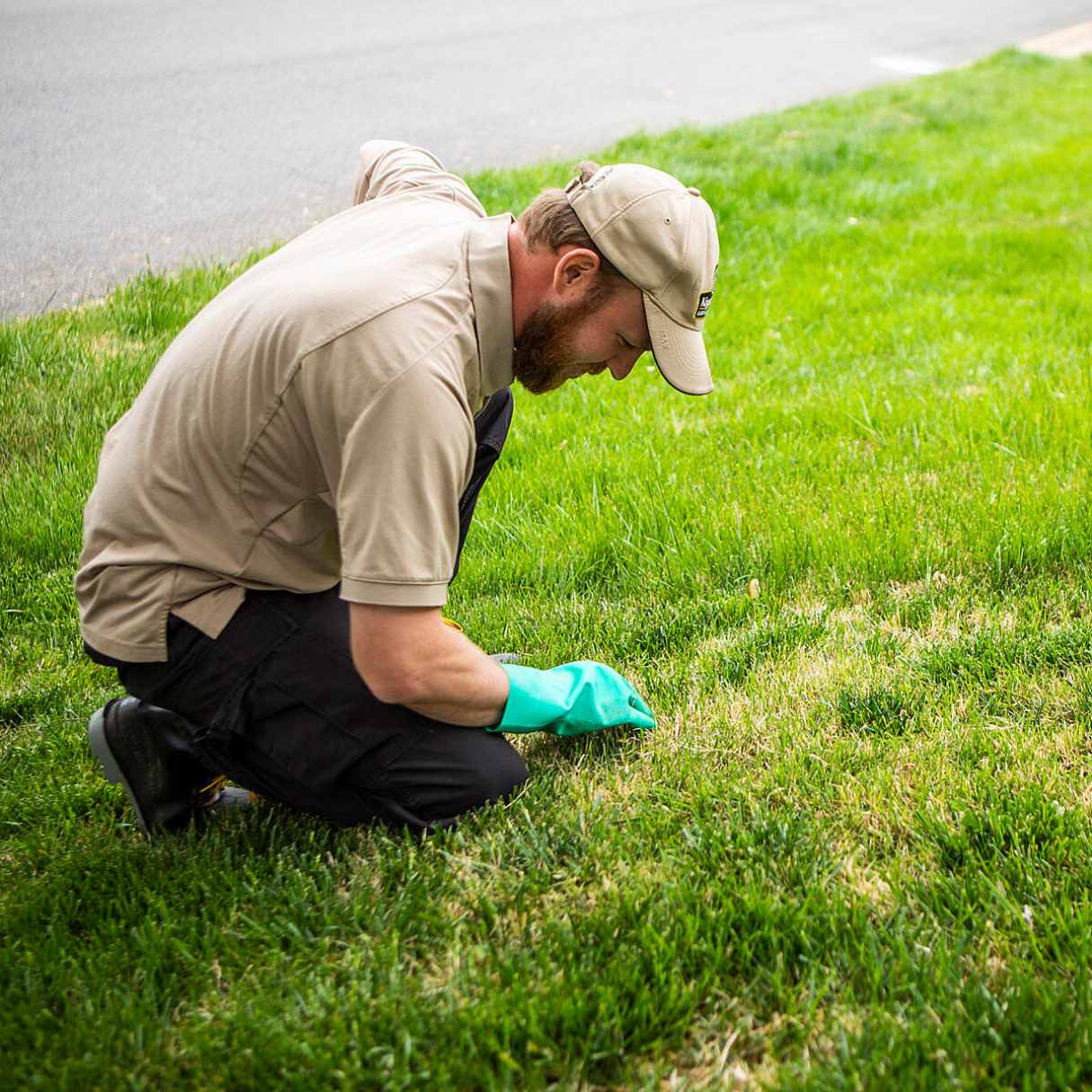
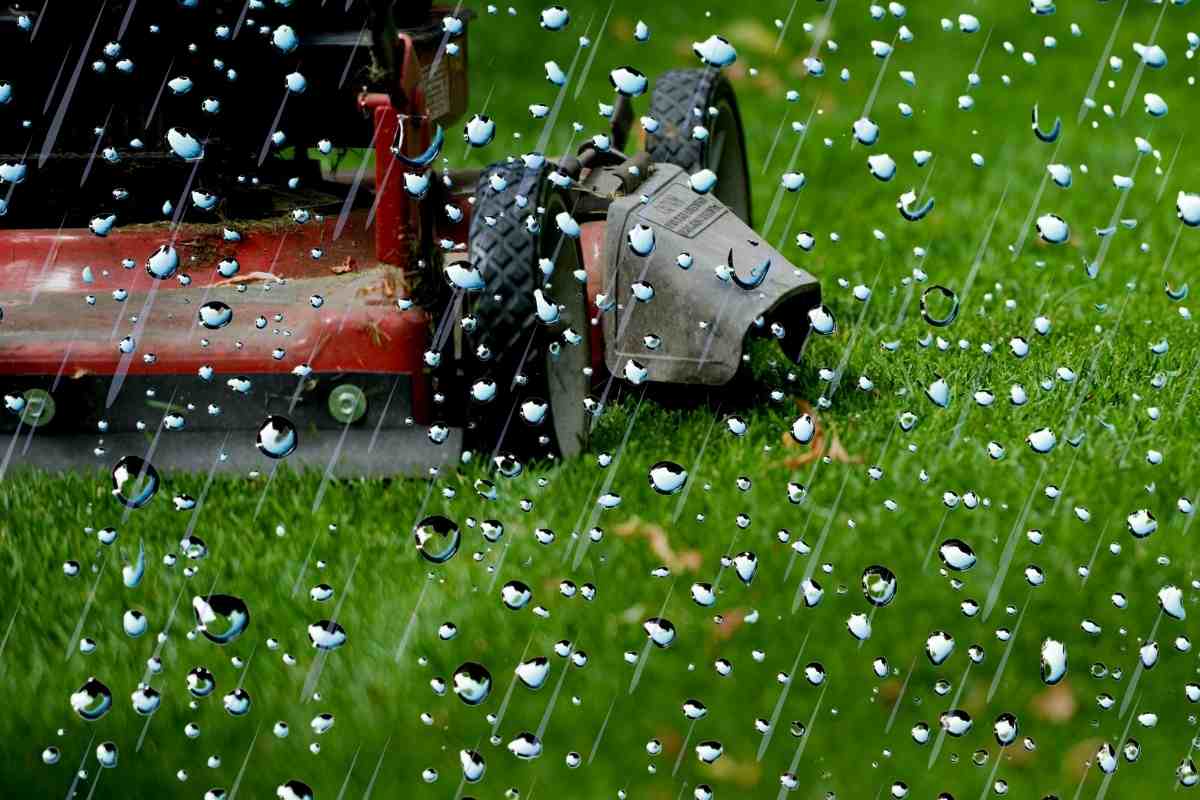
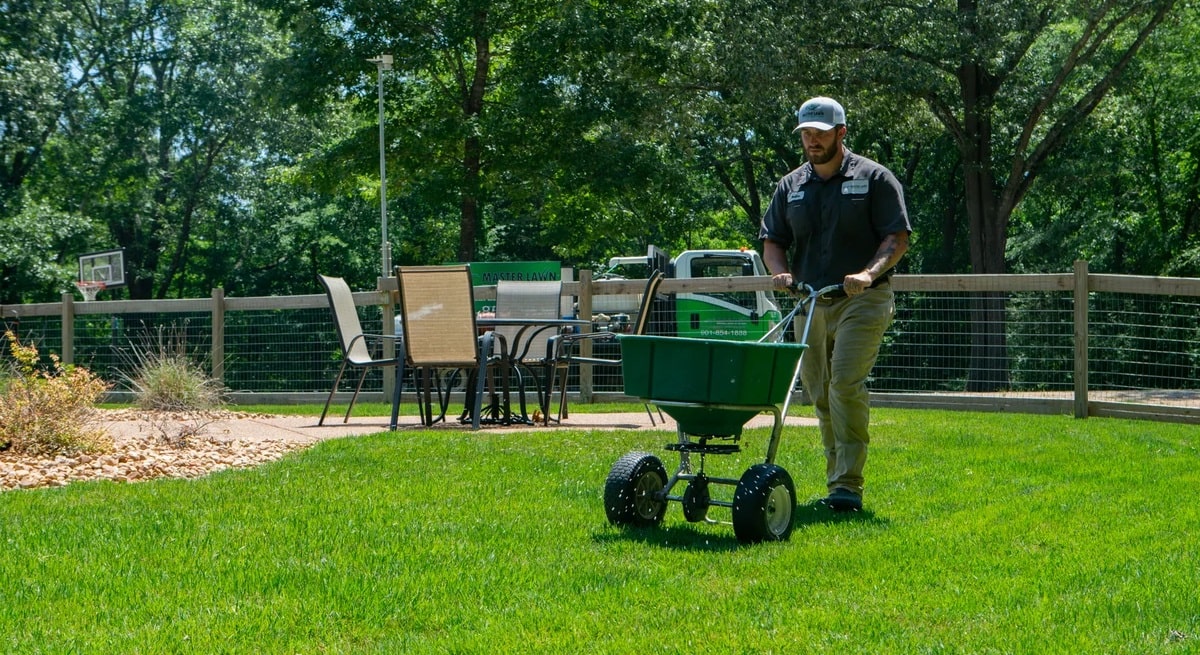
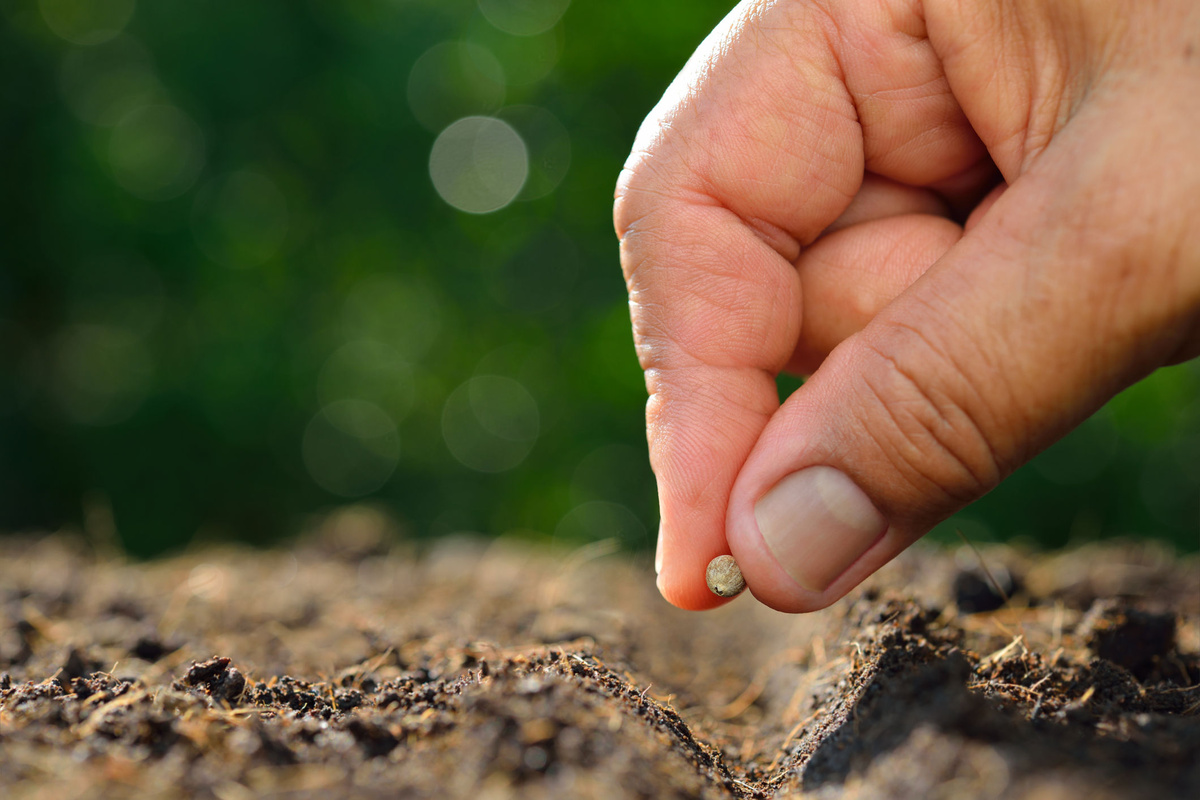
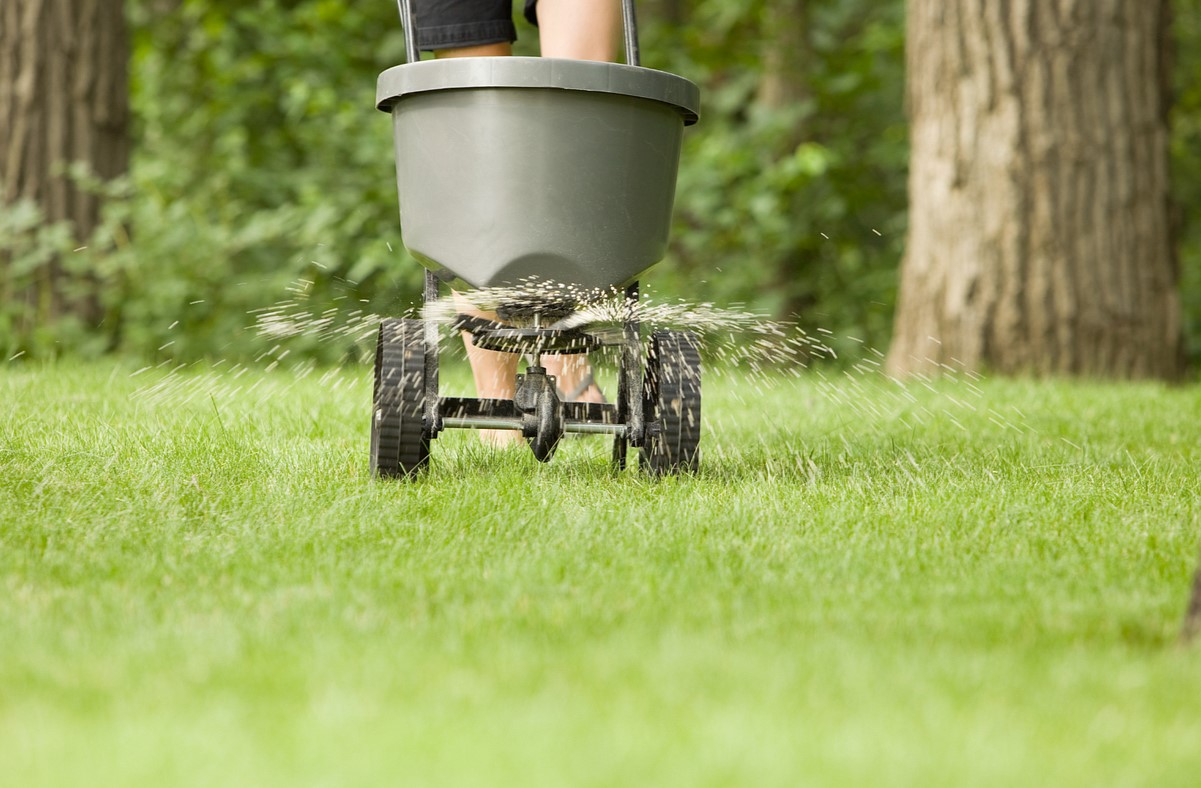


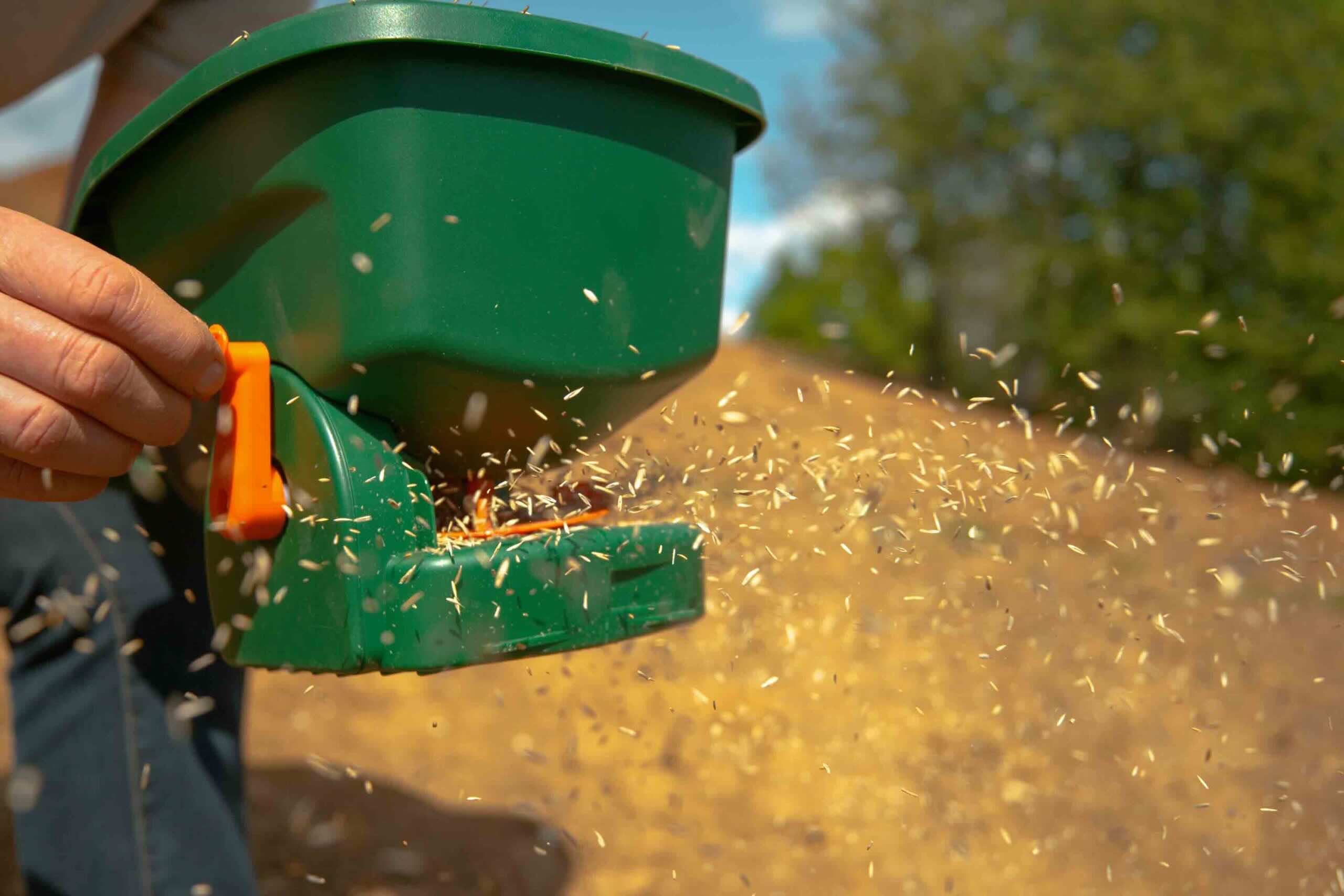
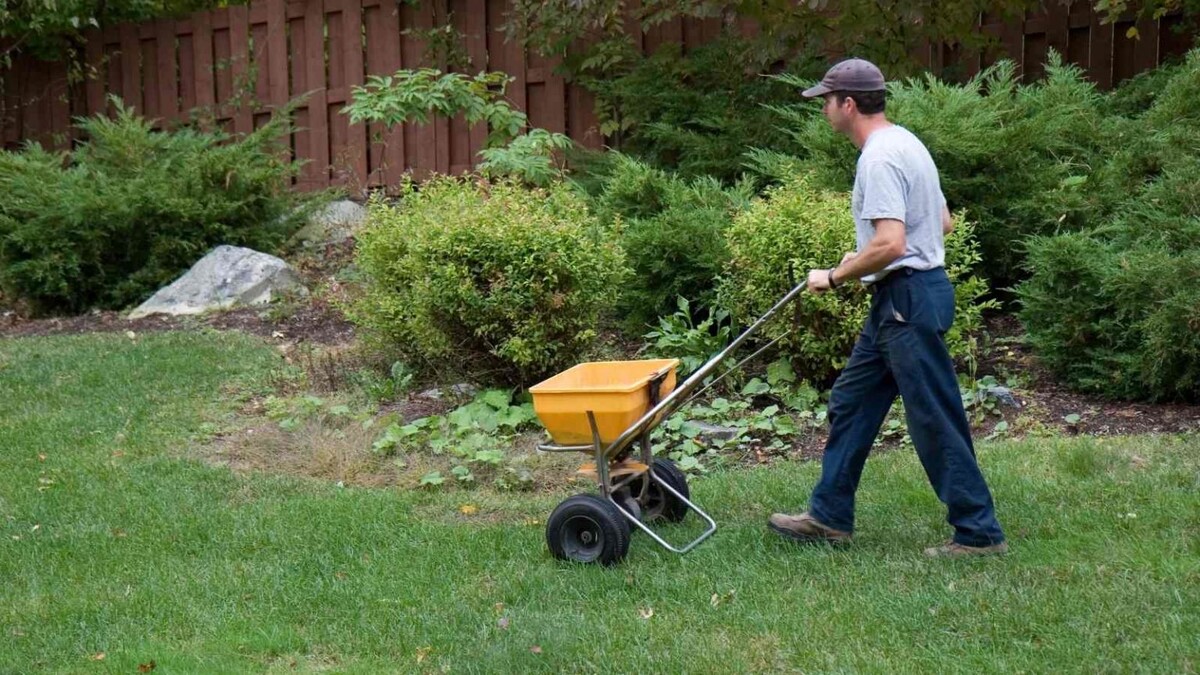
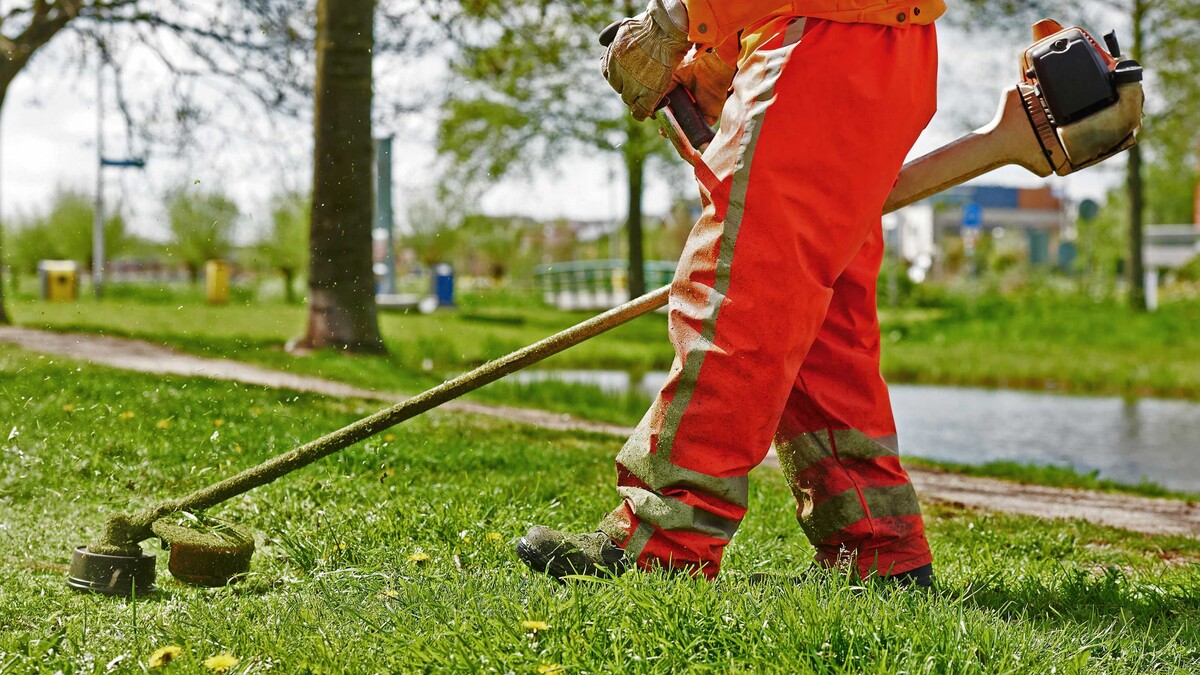

0 thoughts on “How Long To Wait To Cut Your Grass After Fertilizing”